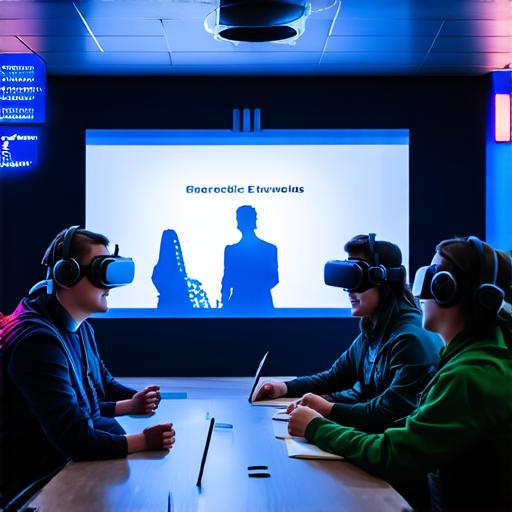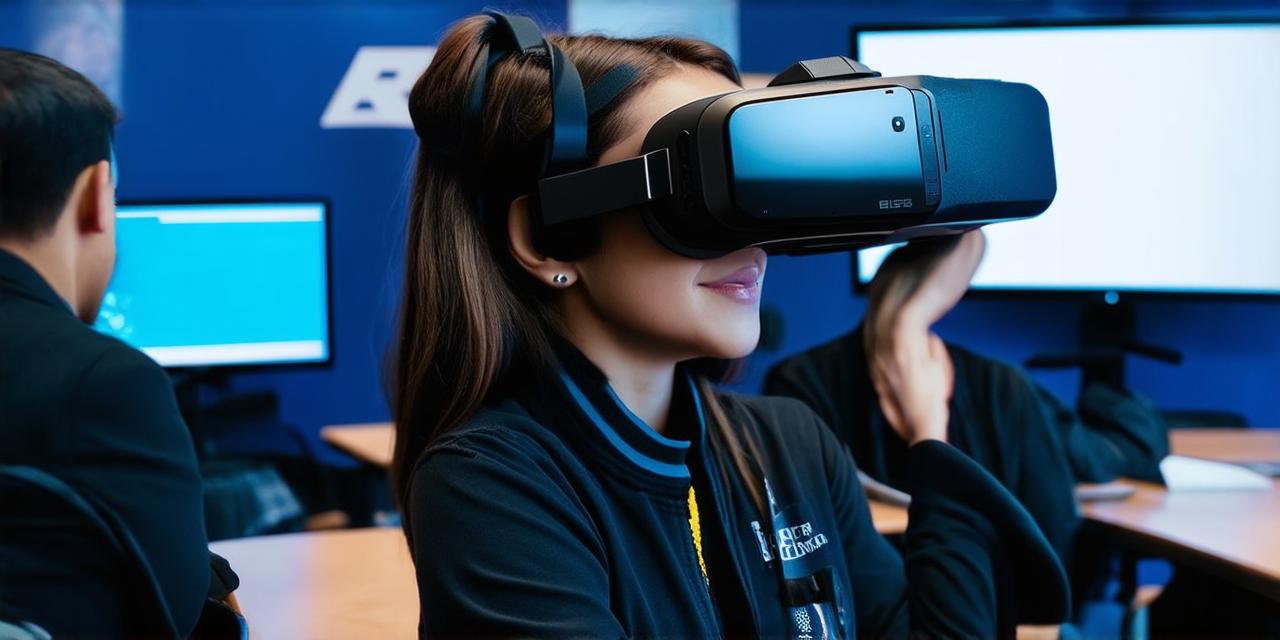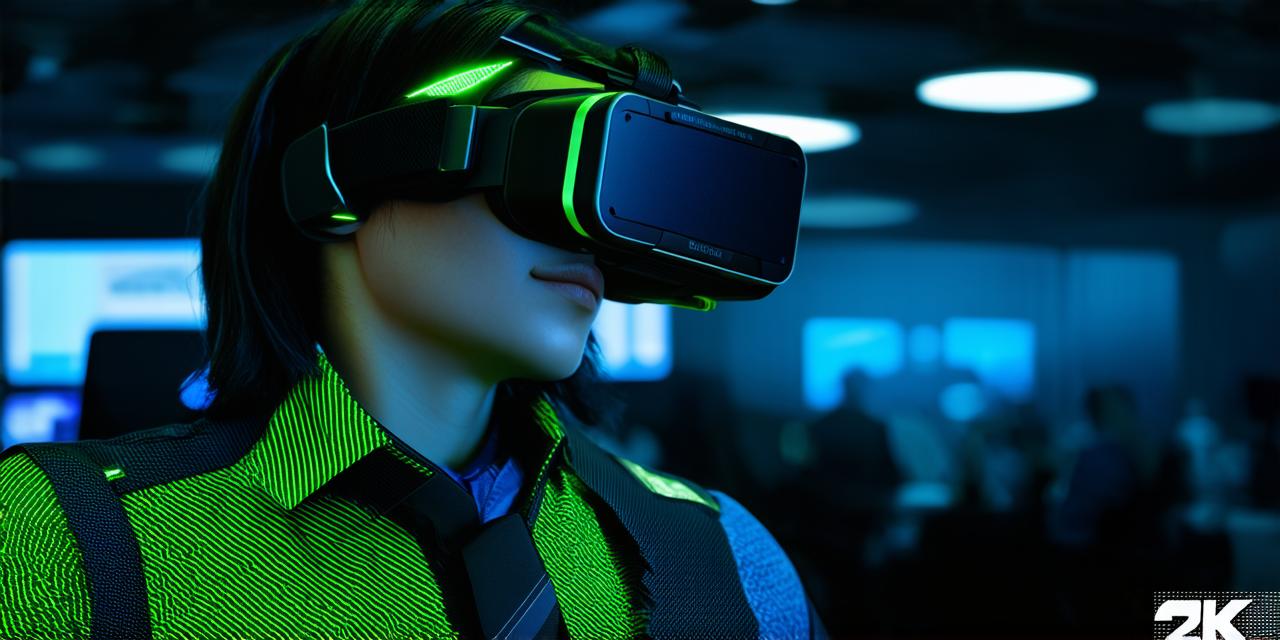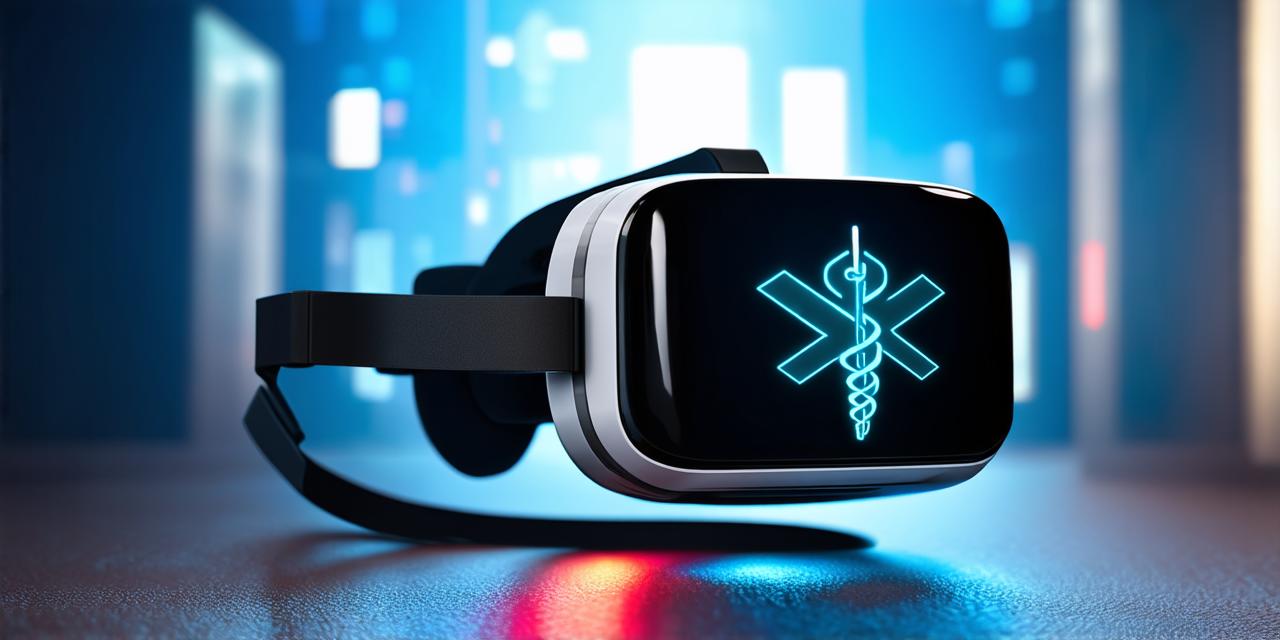Virtual reality (VR) has become an increasingly popular tool in education due to its ability to enhance teaching methods in various ways. In this article, we will explore the benefits of using VR in teaching and provide real-life examples of how it has been successfully implemented in classrooms around the world.
One of the main advantages of using VR in teaching is that it allows students to experience immersive learning environments. This means that they can interact with virtual objects and environments in a way that simulates real-world experiences. For example, medical students can use VR to practice surgical procedures without risking harm to patients, while history students can virtually walk through ancient civilizations to gain a better understanding of historical events.
Another benefit of using VR in education is that it can help students develop critical thinking and problem-solving skills. With VR, students can explore complex problems from different perspectives and try out different solutions in a safe and controlled environment. This can lead to more creative and effective approaches to problem-solving.
In addition, VR can also help teachers to create more engaging and interactive lessons. By using virtual environments, teachers can bring their lessons to life in a way that traditional classroom teaching cannot. For example, instead of reading about the solar system, students can use VR to explore it and see the planets up close.
Virtual reality can also be used to simulate real-world scenarios that may not be possible or safe in a physical classroom setting. For example, students can use VR to practice driving skills in a virtual environment, without the risk of accidents on the road. This can be particularly useful for schools located in urban areas with limited space for practicing driving.
Moreover, VR can also be used to enhance language learning by creating immersive language environments. For example, students can use VR to practice their conversational skills in a virtual café setting, where they can interact with native speakers and order food in the target language. This can provide students with an authentic language learning experience that is difficult to replicate in a traditional classroom setting.

Despite its numerous benefits, there are still some challenges associated with using VR in education. One of the main issues is cost. VR technology can be expensive, and schools may not have the resources to invest in it. However, as more companies enter the VR market, prices are likely to come down in the future.
Another challenge is that not all students have access to VR technology at home. This means that some students may be at a disadvantage if they don’t have access to VR outside of school. However, as more schools and universities invest in VR technology, it’s likely that this issue will become less of a problem over time.
Overall, virtual reality has the potential to revolutionize teaching methods and make learning more engaging, immersive, and effective. By providing students with real-world experiences and allowing them to develop critical thinking and problem-solving skills, VR can help to prepare students for success in the 21st century. As technology continues to evolve, it’s likely that we will see even more exciting developments in the use of VR in education.
FAQs:
What are some examples of how virtual reality is being used in education?
- Medical students are using VR to practice surgical procedures.
- History students are virtually walking through ancient civilizations to gain a better understanding of historical events.
- Teachers are creating more engaging and interactive lessons by bringing their lessons to life in virtual environments.
What are some challenges associated with using virtual reality in education?
- Cost: VR technology can be expensive, and schools may not have the resources to invest in it.
- Access: Not all students have access to VR technology at home, which can put them at a disadvantage if they don’t have access to VR outside of school.
How can virtual reality enhance teaching methods?
- Virtual reality allows students to experience immersive learning environments, develop critical thinking and problem-solving skills, and create more engaging and interactive lessons.




